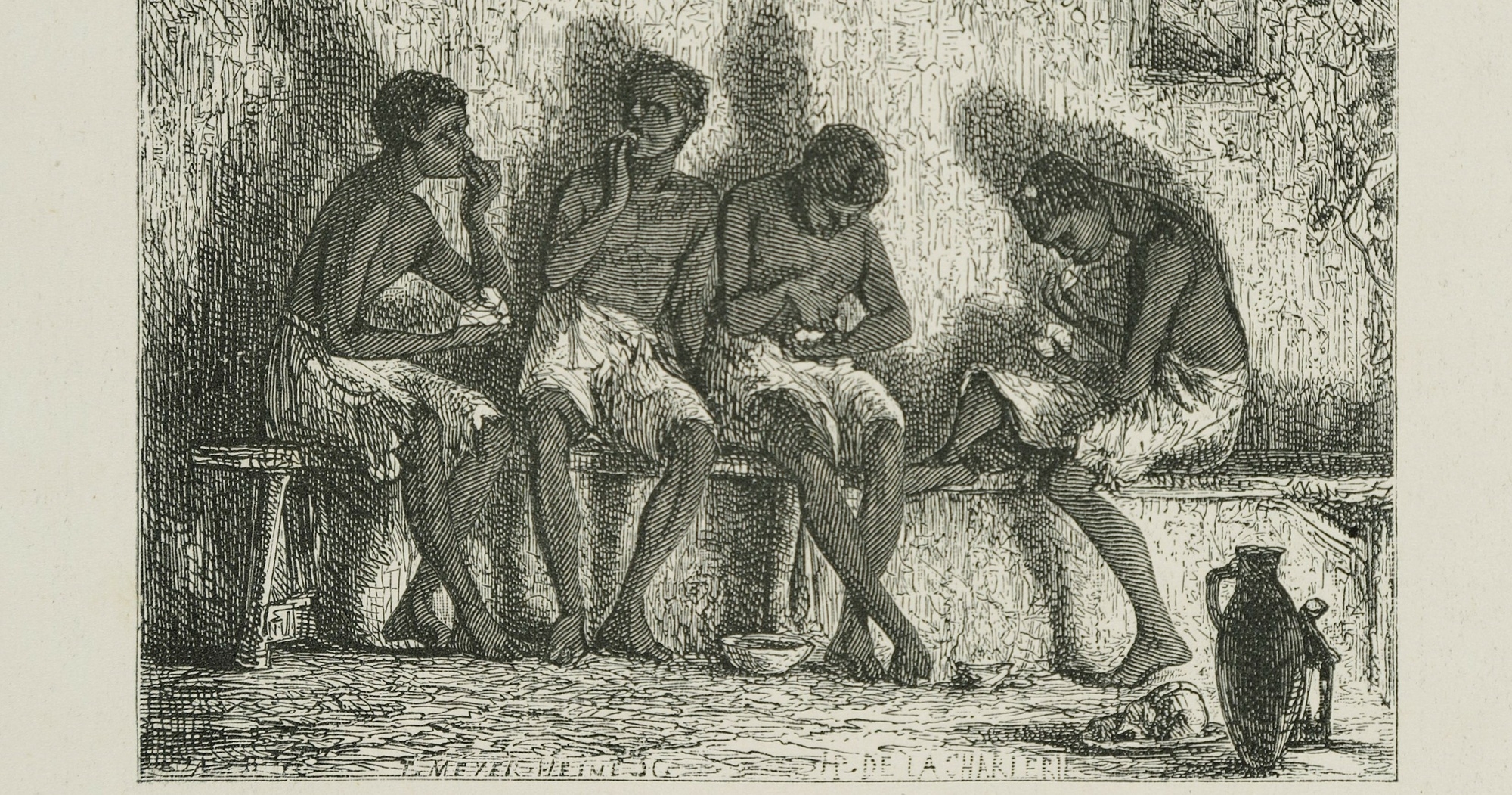
- Home
- Archaeology on Reunion Island
- Settling in the Hauts
- Marronnage: slave flight
A phenomenon that occurred soon after the arrival of the first French settlers and their Madagascan "servants" in 1663 and until the abolition of slavery in 1848, marronnage was at the origin of the first settlements in the Hauts region of the island.
A form of resistance
"Petit" and "Grand" marronnage were an intrinsic part of colonial slave societies. Despite evidence of slaves fleeing Bourbon by sea to Madagascar, it was hardly feasible. Slaves who fled to the mountains enjoyed, at least in the short term, the advantage of an environment that was steep and hard to reach, and therefore a good place to hide from marron hunters.
Historical sources have little to say about where the marron camps were located and what life was like inside them. According to reports made by detachments of hunters, the runaways were organised into small groups and hid in natural shelters or built villages of huts made from leaves or wood. Marronnage was common throughout the slave period. The rate varied from year to year between 2.5 % and 7 % of the total number of slaves. There were 102 slaves on the island in 1689, 6,573 in 1735, 30,209 in 1779, 71,000 in 1830 and 60,000 when slavery was abolished in 1848.
The archaeology of marronnage
An increasing number of caves and shelters have been excavated on Réunion over the past decade (Vallée Secrète, Abri HBC13, Caverne Lépinay, Caverne de Cotte and Caverne des Lataniers). Although some sites provide evidence of occupation phases that fit within this timeframe, it remains extremely hard to identify the archaeological remains of marronnage. In fact, the ways in which the marrons lived and adapted to their environment and their material culture were probably very similiar to those of game hunters from Les Bas, man hunters and even the first free inhabitants of Les Hauts. Until now, no burial has been studied in an archaeological context.
To learn more, visit the page created by the Musée historique de Villèle.









